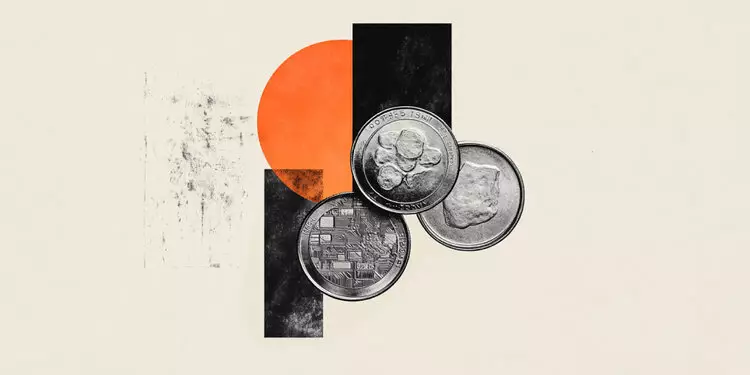As of late, silver prices have exhibited notable volatility, reflecting both market sentiments and broader economic indicators. Currently hovering above the $34 threshold, silver briefly dipped below $34.00 but has seen a resurgence as buyers re-entered the market amidst intraday weaknesses. This recent activity highlights the ongoing bullish sentiment surrounding the metal, indicating that investors remain optimistic even in the face of minor corrections. While a slight retreat of 0.52% on Tuesday trimmed some of Monday’s remarkable 5% gains, silver consistently remains entrenched in a favorable trading range above significant support levels.
Critical to understanding silver’s price trajectory is the role of the Relative Strength Index (RSI), which remains bullish. A breakthrough past the $35 mark could open the door to testing more ambitious targets, notably the historical high of $37.49 recorded back in 2012. However, market players must remain vigilant; a closing price below $34.58 could initiate pullbacks toward $34.00, with further risk indicating declines to $33.69. The technical levels become vital reference points for traders, delineating clear buy and sell zones.
Market Influences on Silver Prices
Silver’s appeal extends beyond mere price movements; it embodies a strategic asset for diversified investment portfolios. Historically viewed as a reliable store of value, it offers a compelling alternative to gold, especially during periods of high inflation. Investors can access silver in various forms, from physical coins and bars to securities such as Exchange-Traded Funds (ETFs), which are designed to reflect its market value. Given silver’s intrinsic value, it continues to hold a relevant place in capital allocation, even as gold often takes center stage among precious metals.
Market fluctuations driving silver prices are multi-faceted. Geopolitical tensions or fears surrounding economic downturns often catalyze silver’s rise, albeit its safe-haven reputation is generally a notch below that of gold’s. The relationship between silver and interest rates should not be overlooked: lower interest rates tend to bolster demand for yieldless assets like silver, encouraging price appreciation. Furthermore, fluctuations in the U.S. dollar directly impact silver’s trading price, as the metal is dollar-denominated. A declining dollar tends to elevate silver prices, while a robust dollar can suppress growth in the silver market.
Industrial Demand and Economic Dynamics
Beyond its investment allure, silver plays a vital role in various industries, especially in electronics and renewable energy sectors, thanks to its unparalleled electrical conductivity—surpassing even copper. Increased industrial demand can propel prices skyward, whereas waning demand leads to downturns. Price dynamics are also profoundly influenced by the economic environments in major markets like the U.S., China, and India. The United States relies heavily on silver for its industrial applications, while China stands as a key player in the global supply chain, utilizing silver for technological advancements.
Conversely, India’s traditionally high demand for silver jewelry shapes the market’s cultural narrative, elevating silver’s value in consumer contexts. The interdependence of these factors creates a complex dance of supply and demand, ultimately influencing global pricing.
The Interplay of Gold and Silver
It’s critical to note that silver prices often correlate closely with gold, largely viewed as twin pillars of value preservation during economic uncertainty. The Gold/Silver ratio serves as a metric for establishing the relative value of these metals, guiding investors in their evaluations. A high ratio suggests silver may be undervalued compared to gold, thus presenting a buying opportunity, while a low ratio might indicate that gold is overvalued. This interplay in valuation frequently drives strategic investment decisions among market participants, amplifying silver’s role as a pivotal asset.
Navigating the complexities of the silver market requires keen awareness of both macroeconomic factors and technical signals. As silver continues to vie for attention in investment discourses, its resilience through price fluctuations reflects a deeper narrative of market sentiment, industrial utility, and cultural significance. The ongoing chapter for silver thus embodies both opportunity and challenge for astute investors aiming to optimize their portfolios in an ever-evolving economic landscape.

